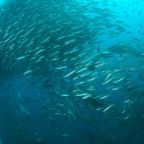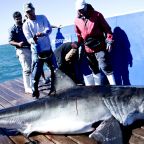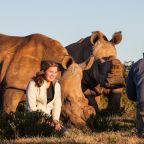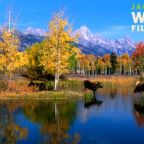The pan and zoom. There is so much to say about these two tiny concepts of filming. They can be angles or devils. You must know when and how to properly use them, or you risk your film coming across as amateur, tacky or even lazy.
Zooming
When buying a camera, too many people get caught up in the black hole of zoom. Don’t get me wrong, having a zoom is nice and extremely crucial for wildlife filming. But, it has a very dark side to it as well. Think back to the last time you watched the news or a professional documentary. Now, try to remember how many zooms you saw. I’m assuming very few. Even Hollywood movies have gotten away from showing too many zooms. The reason? It’s just too much. Human eyes can’t zoom in like a camera can, so it can be a very disorienting effect to the audience. Zoom can be utilized and taken advantage of in the right situation – however, this situation seldom happens in wildlife, but most often in horror.
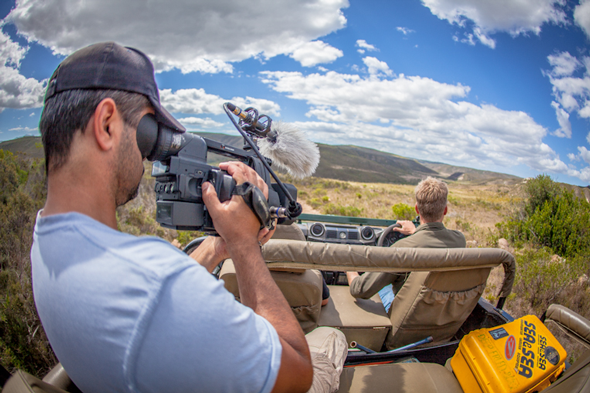
Now for the useful side of zooming! A critical focus is a zoom technique used before you start rolling to check focus. You simply zoom in on your subject and get a nice clear focus and zoom out to your preferred framing. As long as you keep the same focal distance your subject will stay in perfect focus. I do this for every shot and I highly encourage you to as well. A zoom lens can also drastically change your depth of field; giving you a nice sharp subject with an out of focus background. You should feel free to zoom in on a subject, but try to keep that frame throughout the shot. It’s when you start zooming in and out during a shot when it becomes disorienting and often unusable. Another thing to keep in mind with zooming is the speed at which you zoom. If you decide you want to zoom for a scenic shot or something, I beg you not to just zoom out as fast as the camera will let you. Most cameras let you change the zoom speed, slow it down and do a nice slow zoom to reveal your setting.

Panning
Panning can be your best friend or greatest enemy. Panning is simply turning the camera side to side. It can be used to follow a subject, reveal a different part of the setting and so many other things. Sounds pretty easy right? Well the biggest problem with panning has very little to do with the camera or its operator – nearly everything hinges on the tripod. I hate to say it, but panning with that $20 tripod you got from the thrift store probably won’t cut it. For a nice fluid pan you need a decent tripod, preferably one with a fluid head. I usually try to find ways around spending big money on filming equipment since there is so many DIY sites out there, but a tripod isn’t something to skimp on.
When combining a zoom and pan be extra, super, very careful. The zoomed in shot magnifies any movement the camera makes so be sure you have a nice fluid tripod for that shot. The best way to get good at panning and or zooming is to practice the shots you want beforehand. The saying practice makes perfect truly apply!
To establish yourself in a wildlife filmmaking career, join the Wildlife Filmmaking Internship Training Program for the opportunity to gain experience in this very demanding field.


